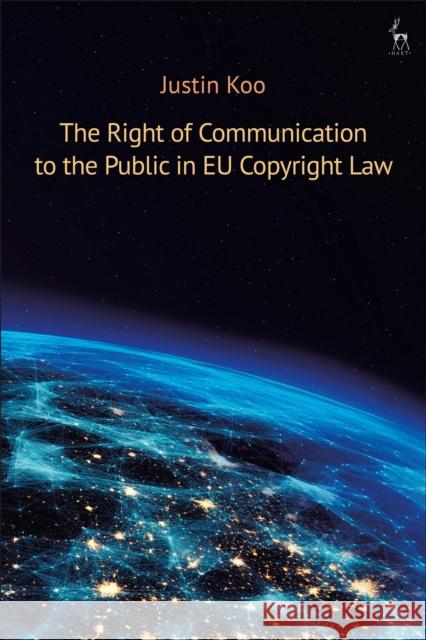The Right of Communication to the Public in Eu Copyright Law » książka
topmenu
The Right of Communication to the Public in Eu Copyright Law
ISBN-13: 9781509920655 / Angielski / Twarda / 2019 / 280 str.
The Right of Communication to the Public in Eu Copyright Law
ISBN-13: 9781509920655 / Angielski / Twarda / 2019 / 280 str.
cena 440,04 zł
(netto: 419,09 VAT: 5%)
Najniższa cena z 30 dni: 428,18 zł
(netto: 419,09 VAT: 5%)
Najniższa cena z 30 dni: 428,18 zł
Termin realizacji zamówienia:
ok. 22 dni roboczych.
ok. 22 dni roboczych.
Darmowa dostawa!
Kategorie:
Kategorie BISAC:
Wydawca:
Hart Publishing
Język:
Angielski
ISBN-13:
9781509920655
Rok wydania:
2019
Ilość stron:
280
Waga:
0.54 kg
Wymiary:
23.62 x 16.0 x 2.29
Oprawa:
Twarda
Wolumenów:
01
Dodatkowe informacje:
Bibliografia
Obwoluta
Obwoluta











